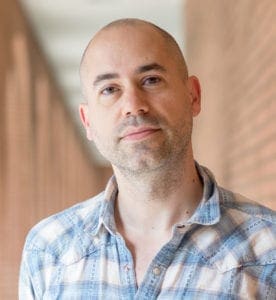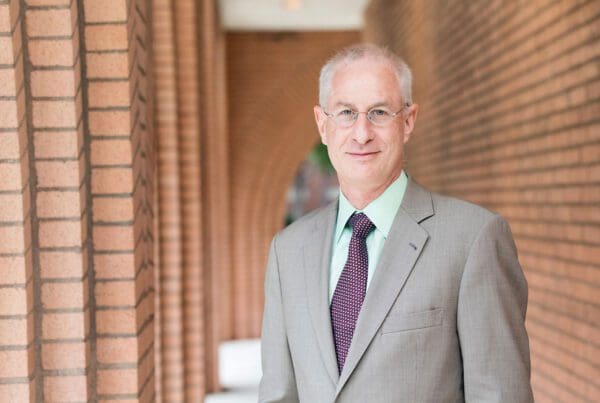
Assistant Professor Marc Vermulst
A new collaboration between the USC Leonard Davis School, Mississippi State University and Utrecht University in the Netherlands aims to predict new strains of the novel coronavirus by examining how its genes mutate, which could help create more effective vaccines for COVID-19.
“A precise measurement of the mutation rate is critical to model the future evolution of the virus, so that we can predict the emergence of new strains that may cause a second wave of the pandemic or acquire resistance to a vaccine,” says Assistant Professor of Gerontology Marc Vermulst.
Vermulst and his colleagues will use a technique called circle sequencing to closely estimate the mutation rate of the SARS-CoV-2 genome. Unlike traditional gene sequencing, circle sequencing results in far fewer errors, allowing true mutations in the virus’ genome to be more easily located.
The measurements will also help the team of researchers construct a “fitness map” of the virus, which highlights regions of the virus’ genome in which any mutations are fatal. Vermulst calls these regions “mutation cold spots” because any change in the gene would not allow the virus to survive.
“By mapping the location of these mutation cold spots onto the predicted proteins encoded by the virus, we can direct the search for vaccines and drugs to residues that are immutable, limiting the ability of the virus to acquire resistance to future treatments,” he says.
Vermulst’s collaborators include Jean-François Goût of Mississippi State University and Anne Wensing and Monique Nijhuis of Utrecht University in the Netherlands. The project is funded by the National Science Foundation (award number 2032784) with funds from the Coronavirus Aid, Relief, and Economic Security (CARES) Act.





